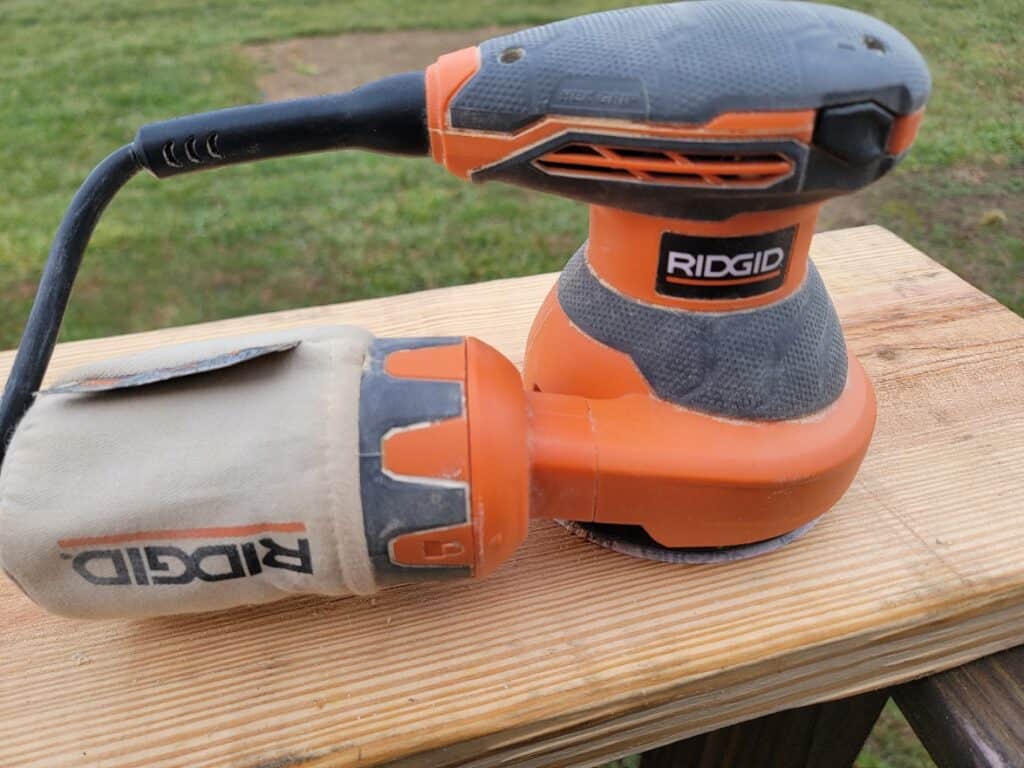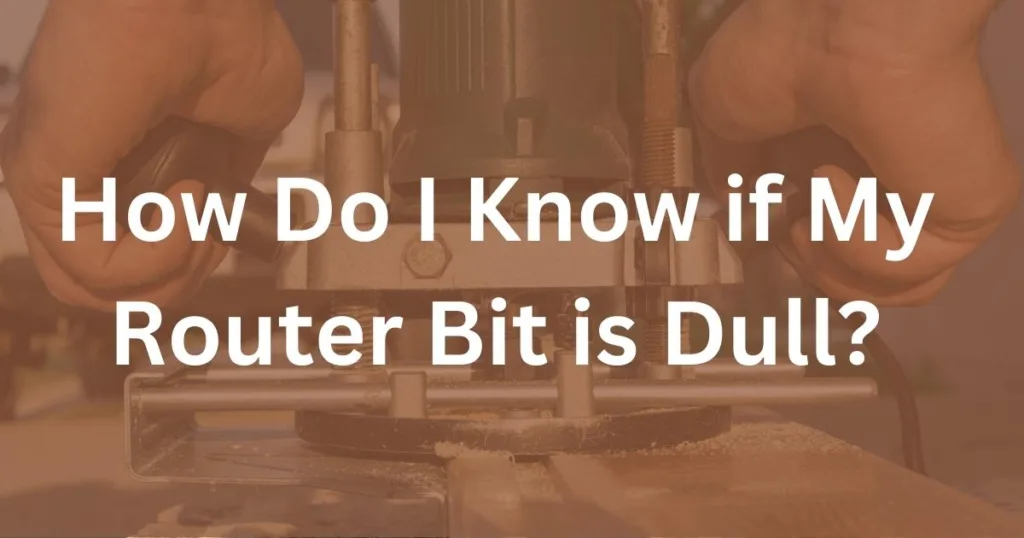
A question that I have asked myself is, “why do orbital sanders have holes?”. Curious about what these patterns of holes could mean, I decided to dive in and do a little research to see if I could find an answer. My definition style answer is this;
Orbital sanders have holes in place to aid in the removal of dust from the workpiece to prevent clogging of the sandpaper. It also allows the dust to be collected in an attached dust collection bag if your orbital sander is equipped with one.
Can I Use a Sanding Disc Without Holes?
Almost all modern-day orbital sanders will come with holes. This has become an industry standard as well as including dust collection capabilities. However, some sanding discs you can purchase will not have any holes. These discs will work fine for sanding purposes but the pads may have a reduced life expectancy and they will not allow for proper dust collection. If your orbital sander has holes in the sanding pad, purchasing the corresponding sanding disc with holes is recommended. There is not much in cost savings in purchasing the discs without holes but it is possible to create your own holes if needed, or if you purchased the incorrect hole pattern.
How to Choose the Correct Sanding Disc
With all the different brands of orbital sanders that are available, there also comes a wide variety of the type of sanding discs that are available to purchase. So which sanding disc do you need to purchase? That depends on a few factors such as the pattern of holes your sander uses, the diameter of the sanders backing pad, and also the amount of material you desire to remove.
Hole Pattern
The hole pattern that your sander uses can differ from brand to brand but they will typically have either 5 or 8 holes. You will need to either consult your owner’s manual to be sure what hole pattern your sander utilizes or simply just count the holes on your sanders backing pad. If you are still unsure, there are plenty of universal options available. These discs have multiple hole patterns and can match up to all the common hole patterns used today.

Backing Pad Diameter
The backing pad diameter is what will determine the diameter of the sanding disc required. The most common diameter for a random orbital sander is 5″, but there are also 6″ options available. Unless you need to cover a large amount of surface area, it is recommended to go with a 5″ random orbital sander, as there will be more accessories and disc types available.
Material Removal
Another factor to consider when selecting a random orbital sanding disc is how much material is desired to be removed. For more aggressive material removal, a lower number grit sandpaper would be needed such as 60 or 80 grit. To achieve a smoother surface finish or for finishing passes, a higher number grit sandpaper would be required such as 220 and above. It is common practice to use a lower-grit sanding disc and slowly increase the grit number until the desired smoothness is achieved, which will require multiple sanding discs with varying grits.
What Type of Sander Should You Use?
There are a few options when it comes to selecting the right sander for your project, and we will briefly highlight the pros and cons of some of the popular options available.
Random Orbital Sander
A random orbital sander is a hand-held sander that operates in a random orbital pattern on the workpiece. The sander has an irregular circular path that it travels which eliminates swirl marks, producing a more desirable finish. A random orbital sander is a good investment for any woodworker as it allows you to achieve the smooth finish of a finishing orbital sander with the speed of a belt sander. One of the disadvantages of the random orbital sander is its inability to perform sanding in tight corners and can take some time if you are having to remove a lot of material.

Palm Sander
The palm sander is a small sander that operates in a tight orbit and utilizes a square pad design. The palm sander is smaller and more lightweight and can be used on tight corners and small spaces where the random orbital sander would struggle. The palm sanders have their place in the workshop as they can create a smooth finish but they are fairly limited due to their size when there is a lot of finish work to be done.
Belt Sander
A belt sander consists of an electric motor that turns a drum which turns a sandpaper belt. There are large bench-mounted versions and there are also handheld versions. A belt sander is a great option for the beginning stages of a project because it can be very aggressive and remove a lot of material very quickly, which can be useful for shaping wood. They are also useful on large projects with a lot of surface area to sand. However, the belt sanders’ aggressive nature can cause unwanted effects as it is easy to sand too much. If sanding too much material is a concern, a random orbital sander may be the better option as they don’t have as much power and therefore are less aggressive.
Best Orbital Sanders On a Budget
So which orbital sander should you purchase if you are needing to complete a sanding project on a budget? Check out the compiled list of top products we found.
RYOBI
ONE+ 18V Cordless 5 in. Random Orbit Sander
This RYOBI orbital sander is compact and comes with some features that we like, all at an affordable price and with great reviews. It’s the top-rated orbital sander under $100 on Home Depot. This sander features on-board dust collection, vibration reduction, and is compatible with their 18V ONE+ battery system, so no more cables getting in the way of your sanding project.
Makita
18V LXT Lithium-Ion Cordless 5 in. Random Orbit Sander
The Makita random orbital sander features a three-speed (7,000/9,500/11,000 OPM) switch that lets you quickly set your orbiting speed. It has a 1/8″ orbit allowing for quick work of your sanding project. It has an 8-hole 5″ sanding pad and utilizes the Makita 18V battery to power the sander. It is another top-rated product on Home Depot that is a tad more expensive than the RYOBI product, but you receive the three-speed selector button, and it still falls under the $100 price tag.
DeWalt
3 Amp Corded 5 in. Variable Speed Random Orbital Sander
This DeWalt orbital sander is a great option if you want to avoid the battery route. This sander features a rotary dial for changing the speed of the orbit (8,000 to 12,000 OPM) and is easily accessible. The dust collection port also allows for easy connection to a dust collector or SHOP vac system. This sander is probably the best bang for your buck, as you won’t have to worry about extra batteries and making sure everything is charged up. You just plug it in and go. This product comes in at a very affordable price of $89 at the time of writing this article and is our recommended product.


